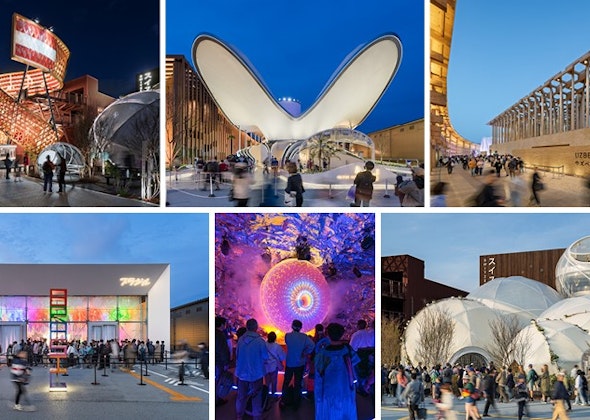

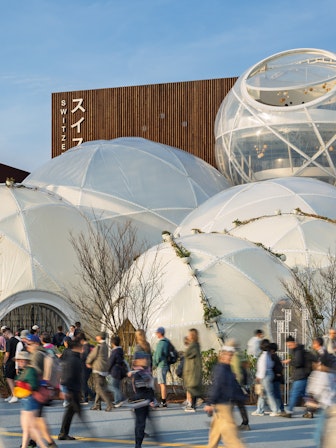
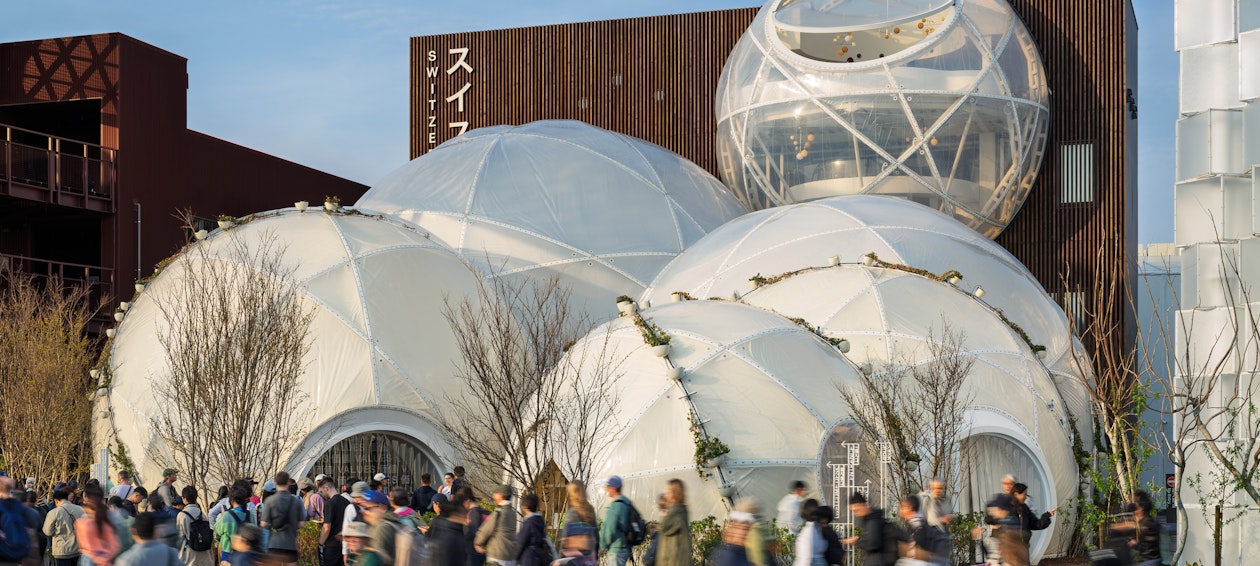
The World Expo 2025 will take place in Osaka from April 13. The Thurgau-based company NUSSLI has realized the national pavilions of Switzerland, Austria, Uzbekistan, Brazil and Kuwait. During the construction phase, NUSSLI successfully mastered numerous challenges thanks to 25 years of Expo experience
Under the motto "Designing Future Society for Our Lives", the world will be looking to Osaka, Japan, from April 13 to October 13, 2025. Thurgau event construction specialist NUSSLI is responsible for the construction of five national pavilions there: Switzerland, Austria, Uzbekistan, Brazil and Kuwait. "The sophisticated pavilions are a shining example of Swiss engineering and precision and are actively shaping the global dialog about the future of our society," explains Andy Böckli, Group CEO of NUSSLI.

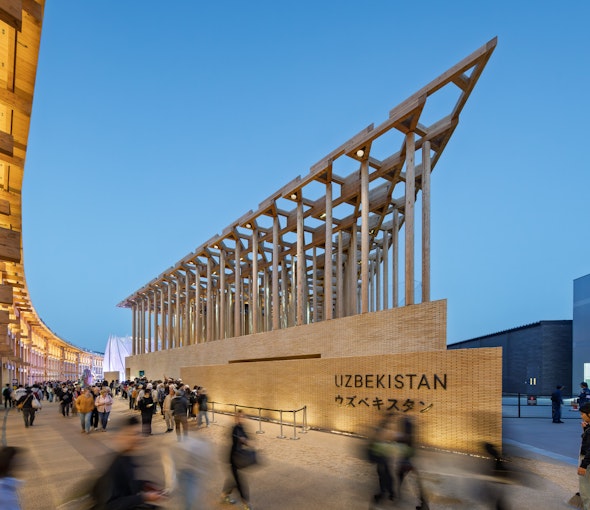
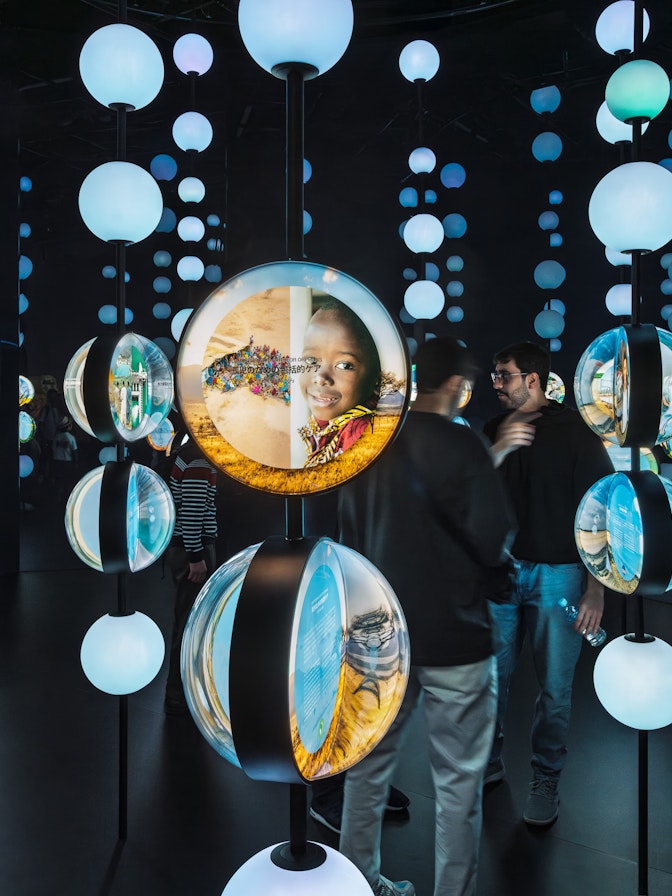
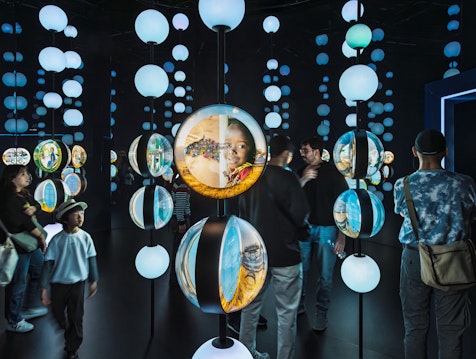
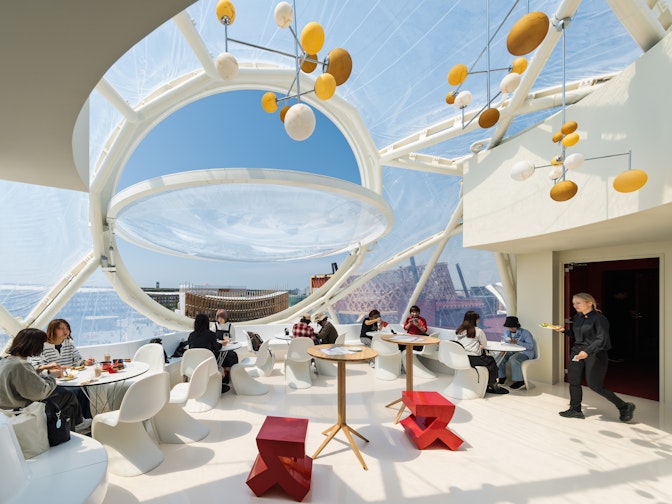
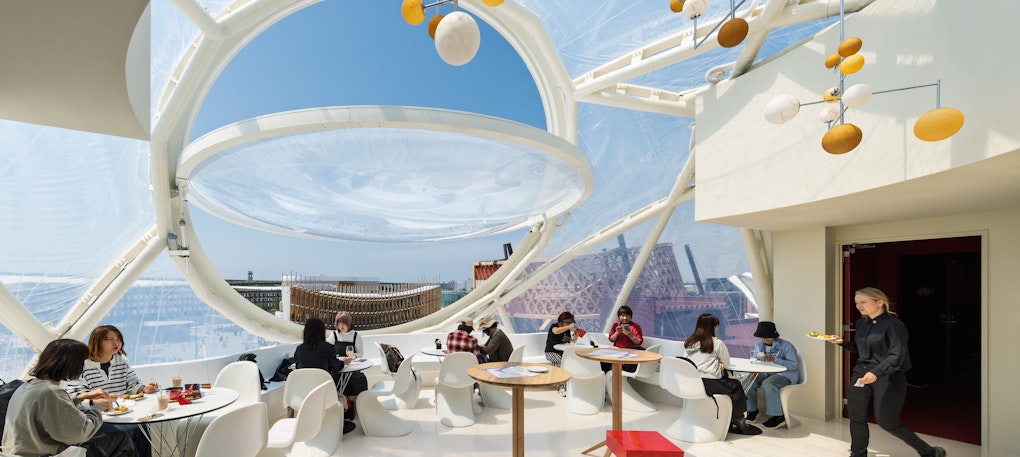
When implementing the various concepts, NUSSLI had to take into account the general regulations of the host country Japan on the one hand and the different requirements of the individual client nations on the other. In doing so, NUSSLI benefited from a particularly broad wealth of experience: The company has been building Expo pavilions since 2000 - over 54 in total to date. "Osaka is the 9th national exhibition at which we are present. Our previous experience has contributed significantly to our ability to successfully master the individual challenges on site. This includes, for example, Japanese building law: as the country is repeatedly hit by severe earthquakes, particularly strict requirements apply with regard to earthquake safety," says Stefan Sekiguchi, COO Special Projects at NUSSLI.
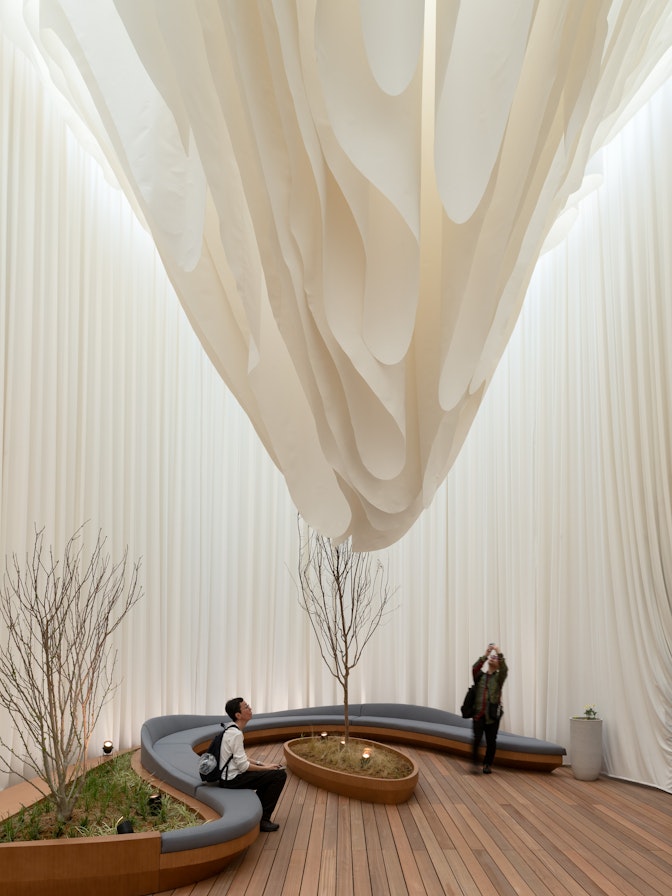
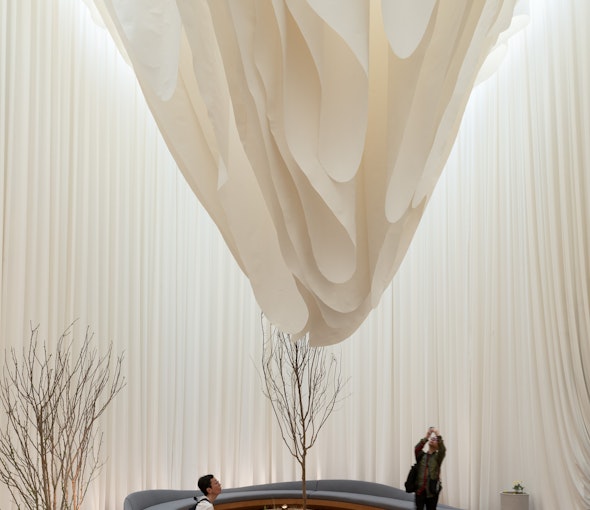
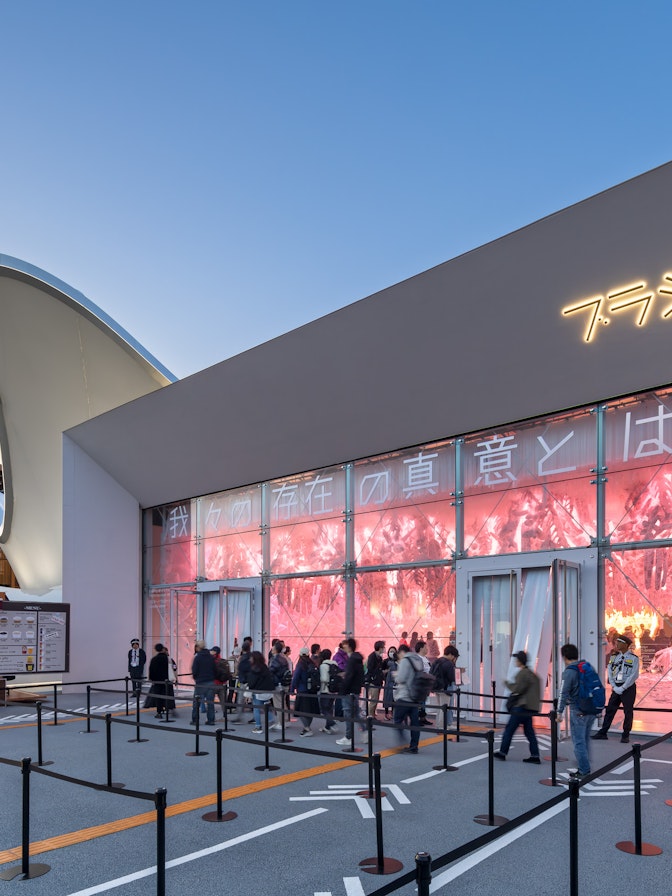
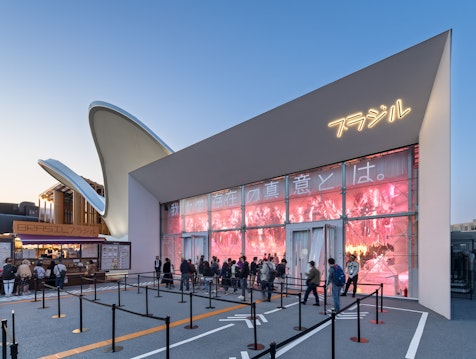
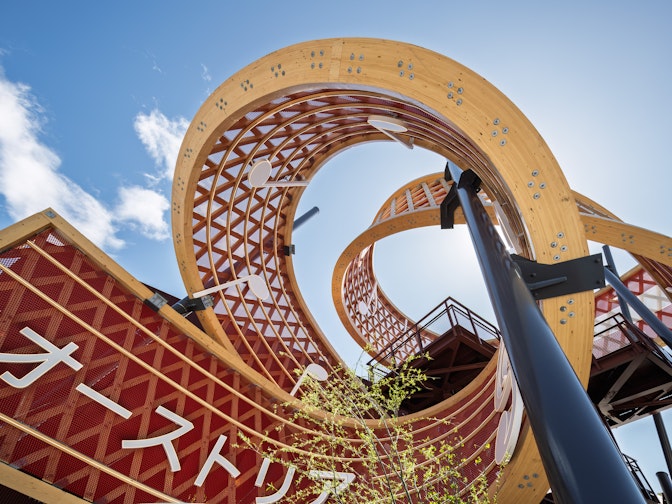
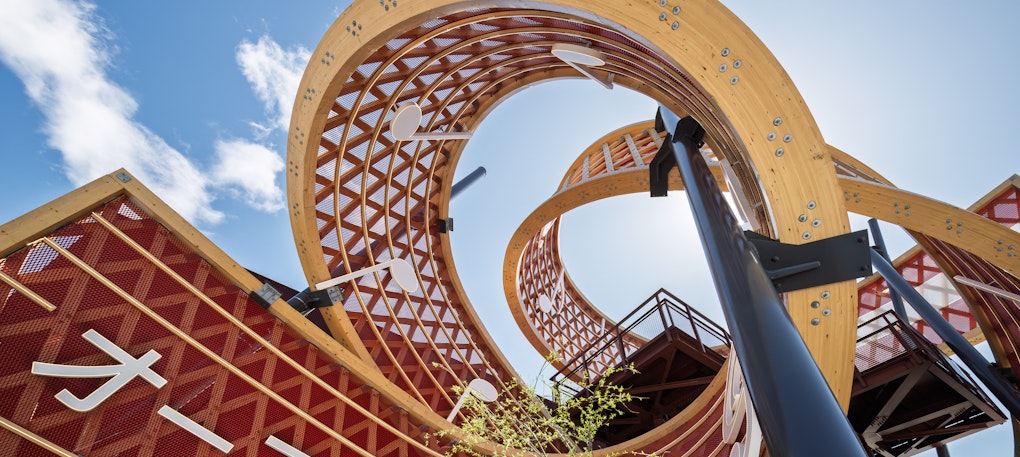
As the Expo site is located on the island of Yumeshima in Osaka Bay, which was artificially filled in especially for the World Expo, there were special challenges to be considered in terms of access, logistics and the load-bearing capacity of the building ground. As a result, the challenging stability of the subsoil meant that the foundations of several pavilions had to be rescheduled at short notice, which was very time-consuming in terms of planning and time. "The current geopolitical situation in the world also had an impact on our processes, as the transit times for transportation by sea and import were not fixed," continues Stefan Sekiguchi.
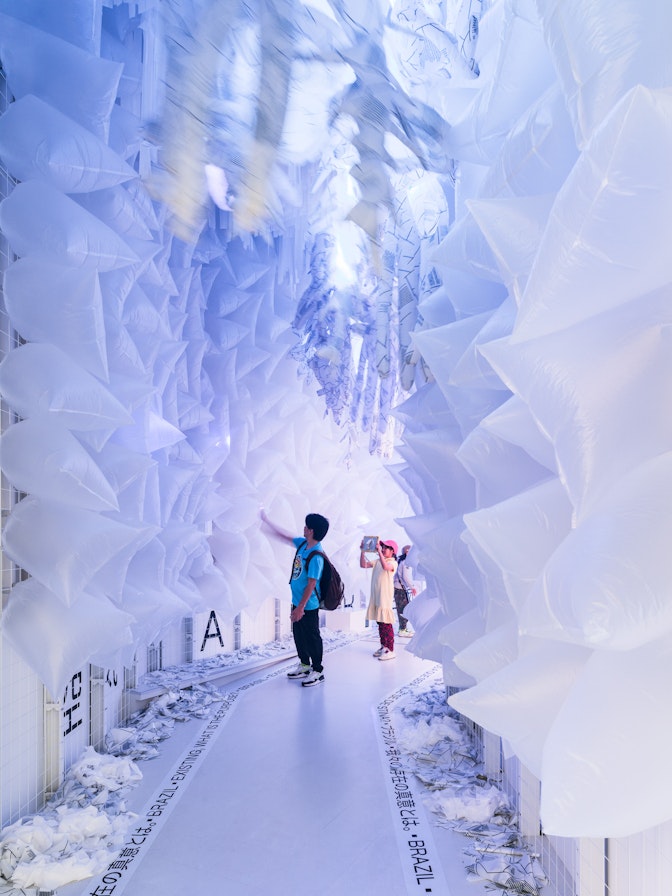
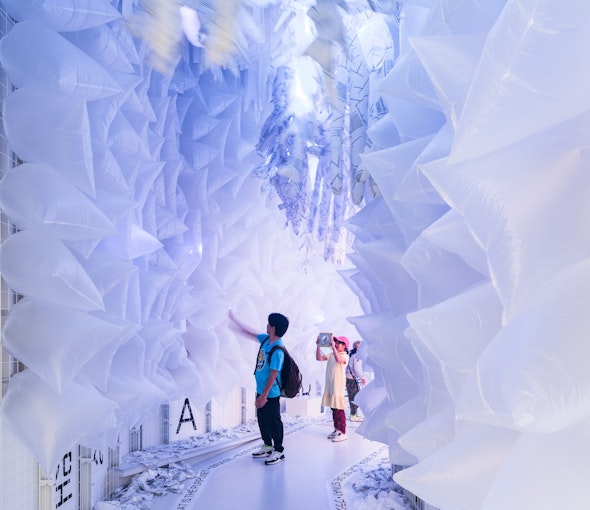
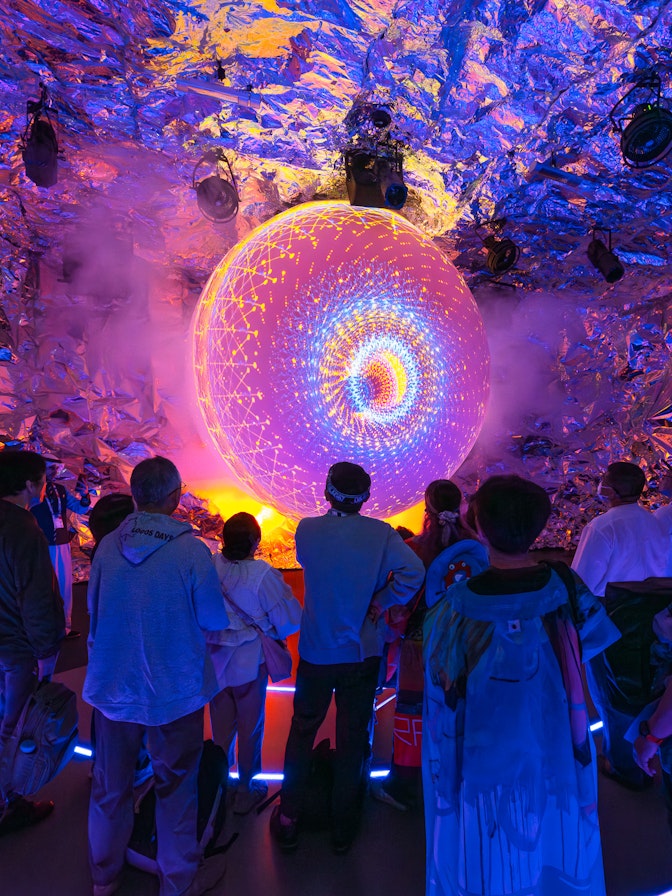
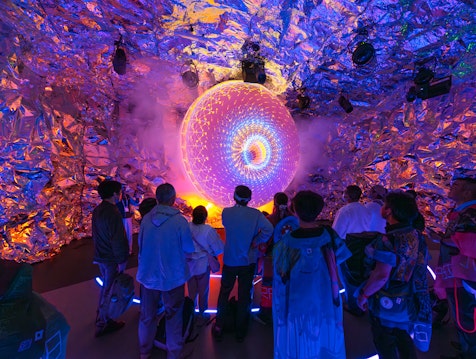
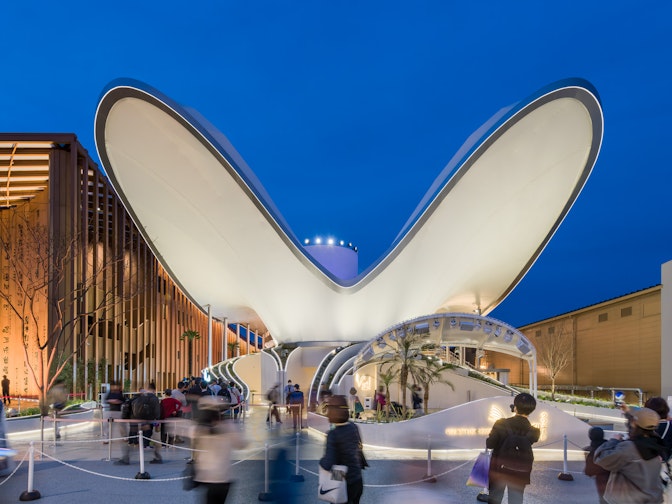
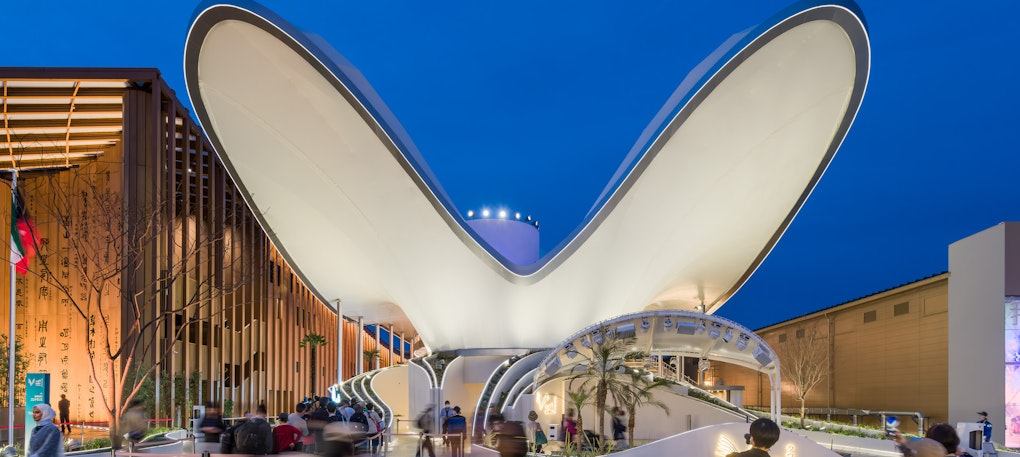
The structural requirements of the various pavilions were as varied as the content concepts. The Swiss presentation "La Suisse Enchantée" focused on reusability: The eye-catching spheres that characterize the pavilion are a modular construction made of recyclable materials. Due to limited space and a lack of stock, it was necessary to coordinate deliveries precisely and in line with demand. The architecture of Kuwait, whose gigantic free-floating wing-shaped roof construction is particularly challenging, required specific structural precautions to be taken. Austria's pavilion, on the other hand, which showcases the country's musical achievements under the motto "Composing the Future", features a spectacular wooden music band sculpture. This was developed and manufactured in Austria and had to be tailored precisely to the Japanese regulatory requirements. Uzbekistan, which is appearing in Japan as the "Garden of Knowledge", has a mobile show platform in use, for which the correct standard first had to be found in a complex process with the Japanese authorities. Brazil's "Living Laboratory" presentation was based on a standard building provided by the Expo. Targeted interventions such as a customized glass façade turned it into an individual country presentation. Our task was to bring the existing Japanese building together with the planned construction.
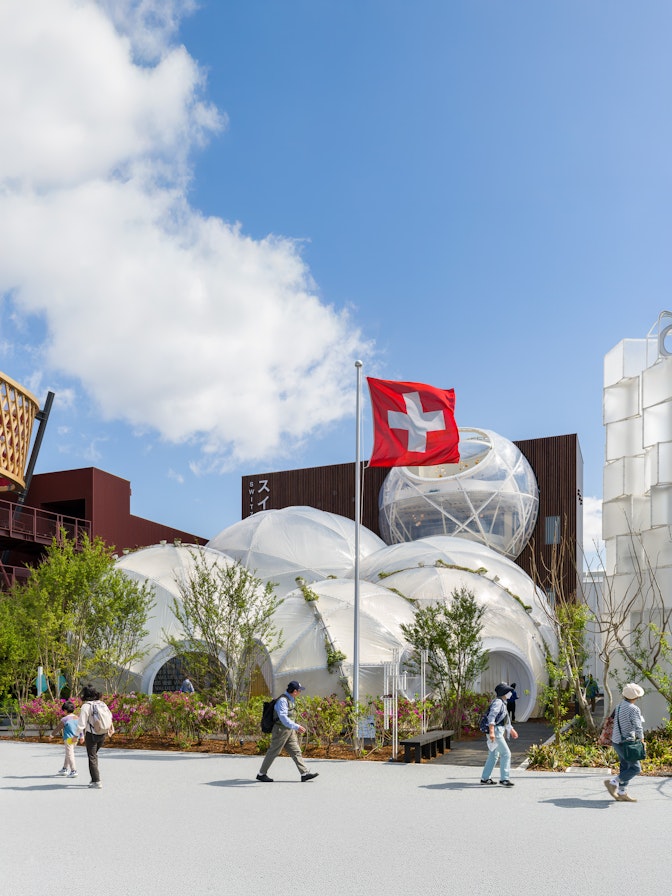
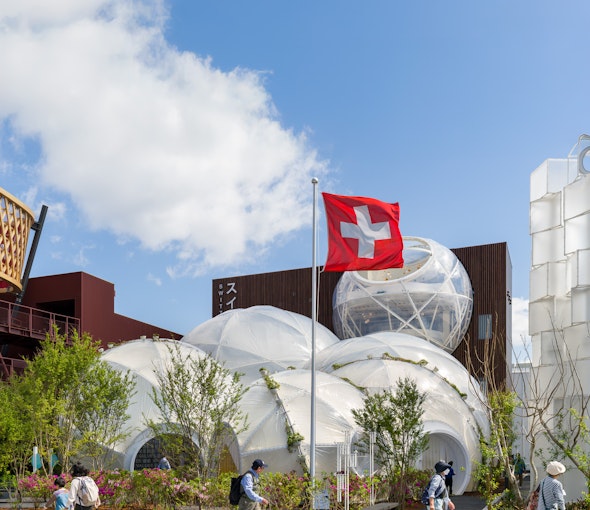
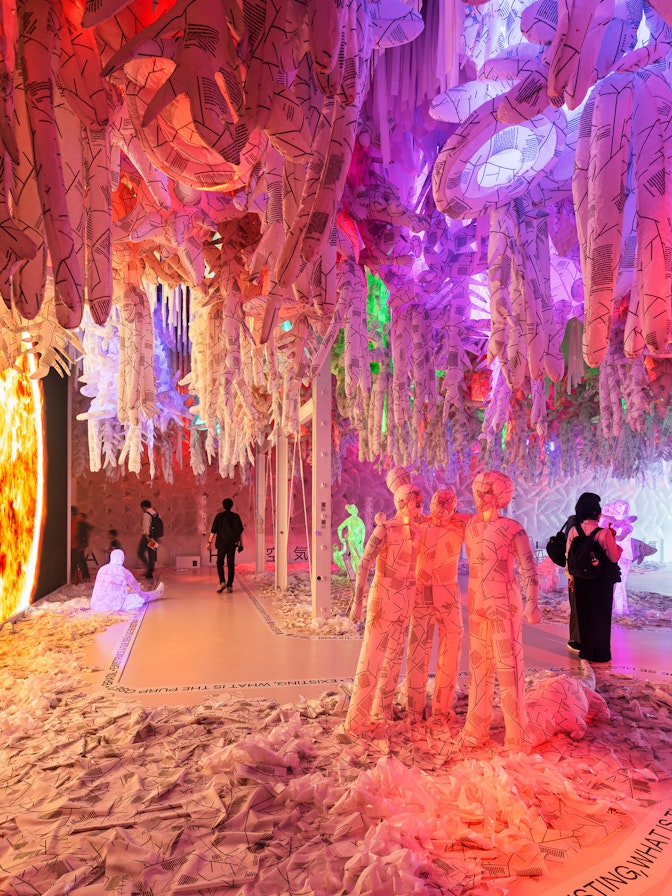
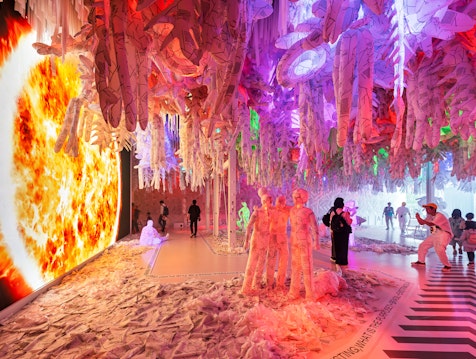
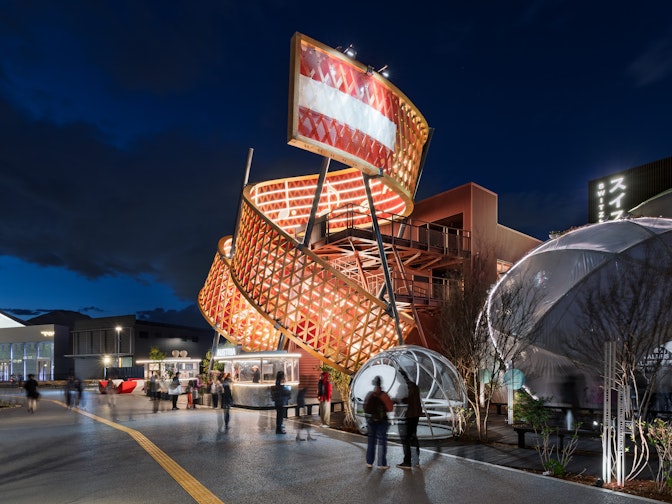
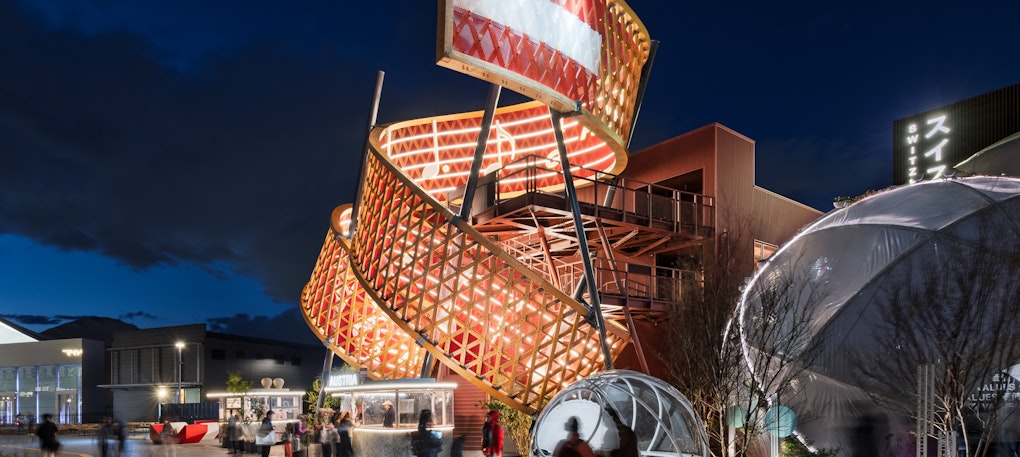
The architectural design of the Austria pavilion and the general theme were created by BMW Designers & Architects. facts and fiction is responsible for the concept and design of the exhibition in collaboration with BMW. NUSSLI is assuming the role of general contractor.
As the general contractor, NUSSLI is responsible for project management and construction work. The architecture and spatial concept are the work of Manuel Herz Architekten. BELLPRAT PARTNER are developing the content concept as well as the exhibition and media design.
The NUSSLI Group is the total contractor responsible for the construction of the Kuwait Pavilion. LAVA designed the architecture, while insglück was responsible for the content concept and the design of the exhibition. The team was supported by schlaich bergermann partner for the structural design as well as the Japanese architect Tokuoka Sekkei and the Japanese construction company Mugishima Construction.
ATELIER BRÜCKNER developed the concept for the Uzbek pavilion and is responsible for the sustainable architecture and exhibition. NUSSLI realized the two-storey pavilion.
The project is being realized in collaboration with the NOE Group as main contractor and LC & Partner as supervisor. The interior design is based on a concept by Brazilian director Bia Lessa.



